The lack of rainfall and high temperatures are changing the crop map of Spain
Spanish agriculture is suffering from water shortages due to the meteorological drought caused by the lack of rainfall and high temperatures. In many areas this will lead to a change in the crop map.
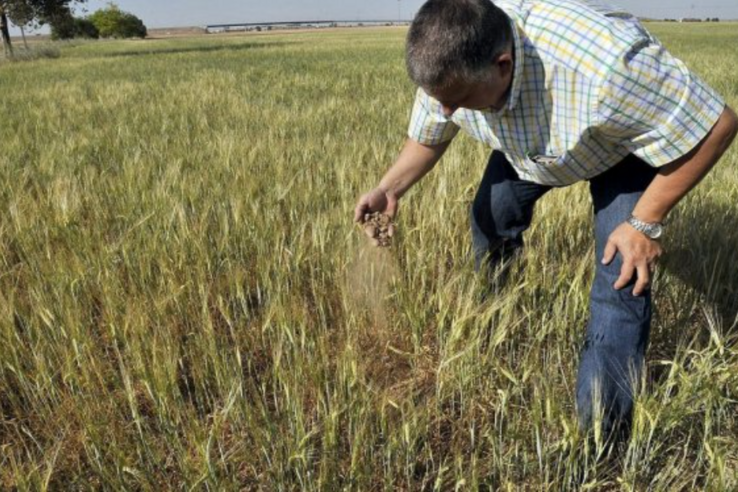
"This hydrological year is the third driest so far this century", the spokesman for the National Meteorological Agency says and predicts that the summer will be warmer than normal and with below-average rainfall. The amount of water in reservoirs stands at 27,489 cubic hectometers (Fig. 1), which brings the Spanish water reserve to 49% of its total capacity (Fig. 2).
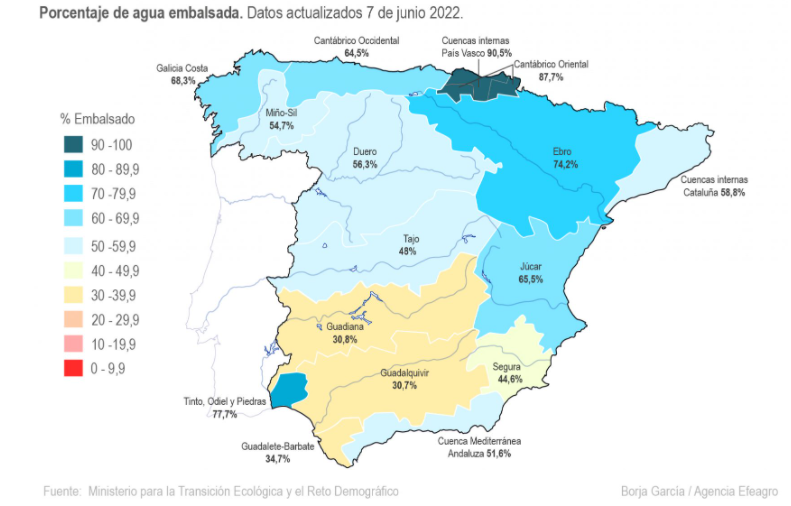
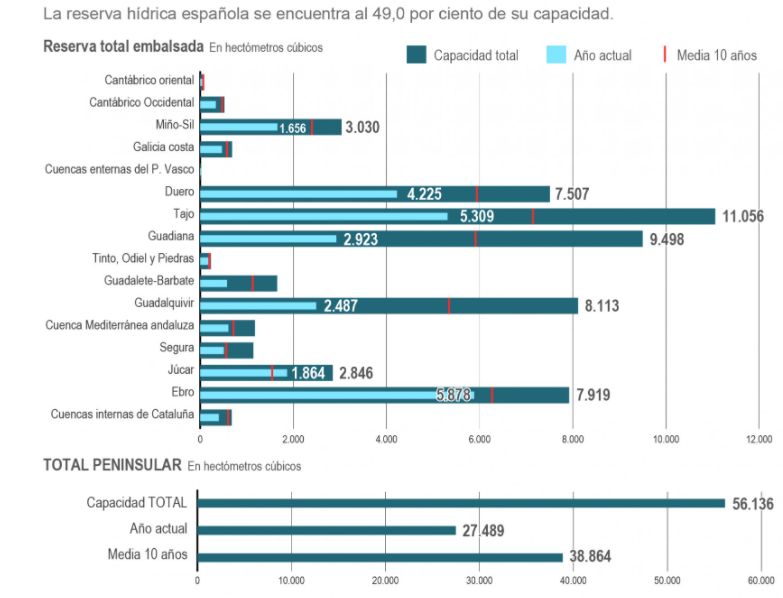
Farmers’ organizations estimate large cuts in the land area of a purely irrigated crop (such as rice in Andalucía and Extremadura), but not in Mediterranean coastal areas, where sowing is being delayed due to excess humidity in many plots. In Andalucía, rice sowings will be between 8,000 and 10,000 hectares, compared to around 22,000 hectares last season, and in Extremadura, they will fall from 24,000 to 2,000 hectares.
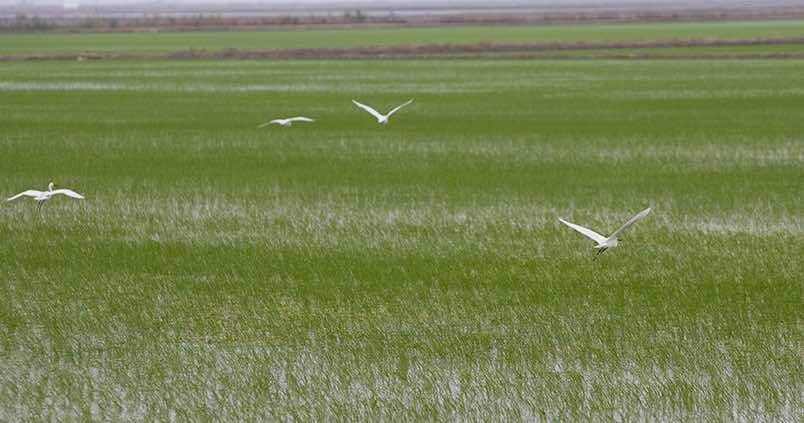
Less beet and almonds
Water shortages together with rising input costs have also slowed down sugar beet acreage both in Andalucía - it has fallen from 8,650 to 7,800 hectares - and in the north, where it has fallen from 20,660 to 17,200 hectares.
The Cereal Traders' Association ACCOE estimates that wheat, barley and rye production will fall by around 20 % this season, to 14.7 million tons, with a cut in yields per hectare, which could worsen if the heat waves persist in the later areas. According to the organization Asaja, farmers in Extremadura have reduced the number of hectares in the other major irrigated crop, maize, with 45% less than the usual area planted (some 42,000 hectares).
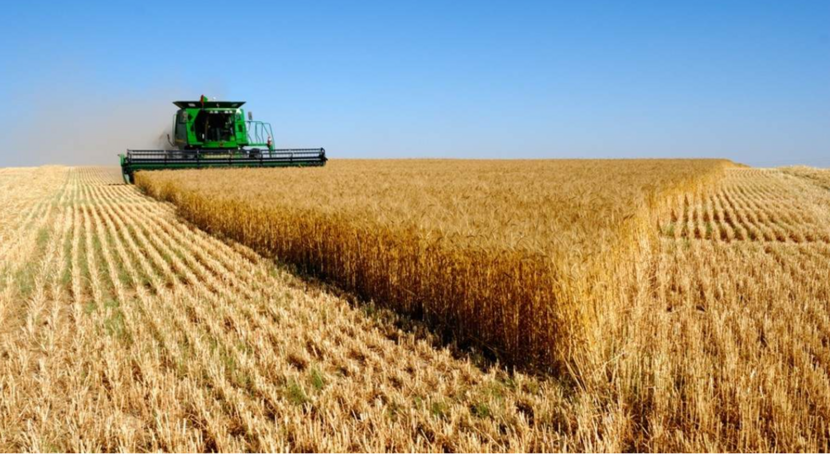
The first estimate of the National Nut Bureau, meanwhile, points to a production of 61,684 tons of almonds/grain, 30 % less than in 2021, following frost, rain and hail in the flowering and fruit set stages, and drought in several production areas.
The Ministry of Agriculture, Fisheries and Food will allocate some €563 million of Next Generation funds to modernize Spain's irrigation systems, which with private aid could mean a reduction in production costs for 100,000 hectares of agricultural land. The agricultural sector will receive the largest public investment in irrigation - €2,137 million - between 2022 and 2027.
Climate change and agriculture
"The situation is becoming complex," Carlos G. Hernández (Centre for Studies and Research for the Management of Agricultural and Environmental Risks) says, as the water shortage has been joined by the increase in the price of energy. "The distribution of crops is already changing due to the water factor in Spain. It is difficult to see maize in Andalucía and the alternatives are vegetables, fruit trees and olive groves", he gave as an example, or sunflower, which is rainfed and if it is irrigated it will only be with a small amount of support.
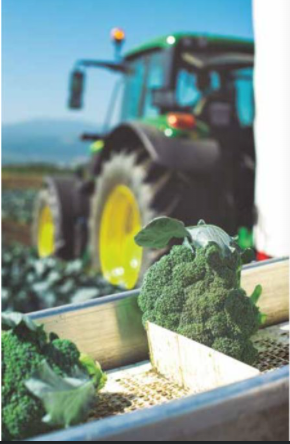
In his opinion, hydrological policies must continue to maintain the unity of river basin management, prioritize water uses, modernize facilities and recycle and regenerate drainage water for reuse, thus avoiding the saturation of aquifers with poor quality water, as in the area surrounding the Mar Menor (https://bit.ly/3tPRfgU).
At the end of May, the farmers’ organization COAG presented a study which quantified the losses caused by climate change in Spanish agriculture at €550 million a year, half of them related to drought (https://bit.ly/3n7vlBT).
Pablo Resco, the author of "Impacts of climate change on Spanish agriculture" is convinced that "we have to act whether we want to or not" because, he insists, 250,000 hectares are already at risk of desertification in Spain.
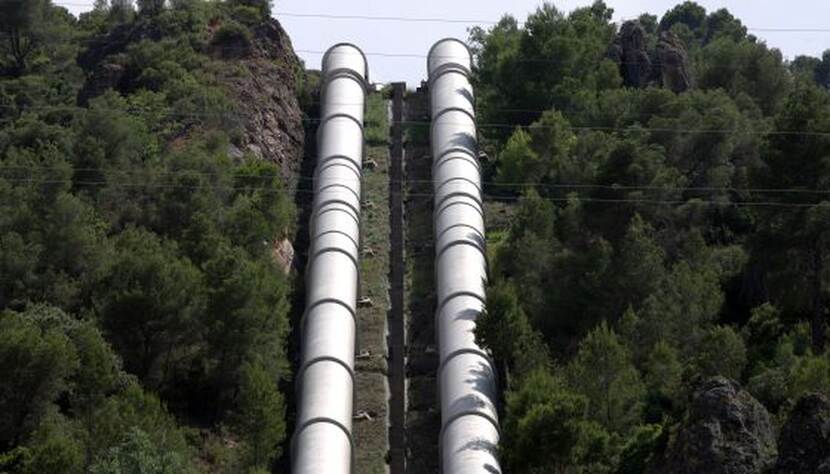
Extreme climate events
According to his data, crop water stress and evapotranspiration would increase, while there would be a greater frequency of extreme events such as heat waves, torrential rains, hail storms and periods of drought.
The secretary general of the National Federation of Irrigated Lands (Fenacore) has highlighted the current public support for the improvement of irrigation systems after adding that the policy that has been implemented in this sense over the last 25 years has been "a success". Fenacore has supported the revision of the Spanish hydrological plans in order to cover the deficit in investments in hydraulic infrastructures - such as dams and reservoirs - with the aim of maintaining food production, but using less water and less energy.
Source: EfeAgro